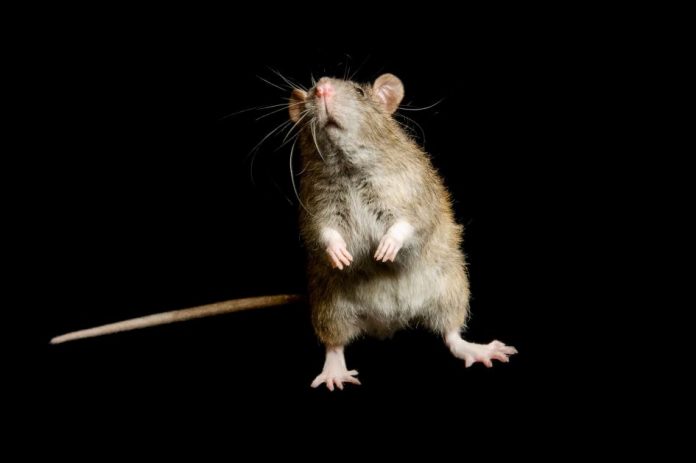Rats have long been blamed for spreading bubonic plague, known as ‘The Black Death’.
But new research into a rare outbreak of the disease in Britain at the turn of the 20th century found that it was actually people, that led to the disease spreading.
The findings may suggest that previous outbreaks of the plague – which has killed millions of people down the centuries – may have been spread by human lice and fleas, rather than those carried by rats.
Scientists from Oslo University studied records of 35 cases of bubonic plague in the Gorbals area of Glasgow in 1900 – and attempted to reconstruct the likely route that it spread between people.
The average age of the plague victims was 20 years old, and 42 per cent of victims died.
An outbreak of the disease, caused by the bacteria Yersinia pestis, came to prominence in the 1300s.
This pandemic came to be known as the ‘Black Death’ and the moniker has now become synonymous with the disease as a whole.
The disease outbreak in the 20th century is useful for understanding the spread of bubonic plague because cases were ‘remarkably well documented’ – not the case during outbreaks in medieval times.
One of the first cases was ‘Mrs B’, a ‘fish hawker’ who became sick along with her illegitimate granddaughter on August 3.
Both died within six days. Further cases broke out in people who had visited her family and lived in nearby streets.
More than 100 people who had been in contact with Mrs B were quarantined for observation – and, with the co-operation of the Catholic church wakes were suspended after funerals to attempt to stop the disease spreading.
At that time in Glasgow, many slum houses were highly infested with rats.
The authorities trapped some 326 rats as well to see of the rats were plague ridden – but did not find the rodents they trapped carrying the disease.








